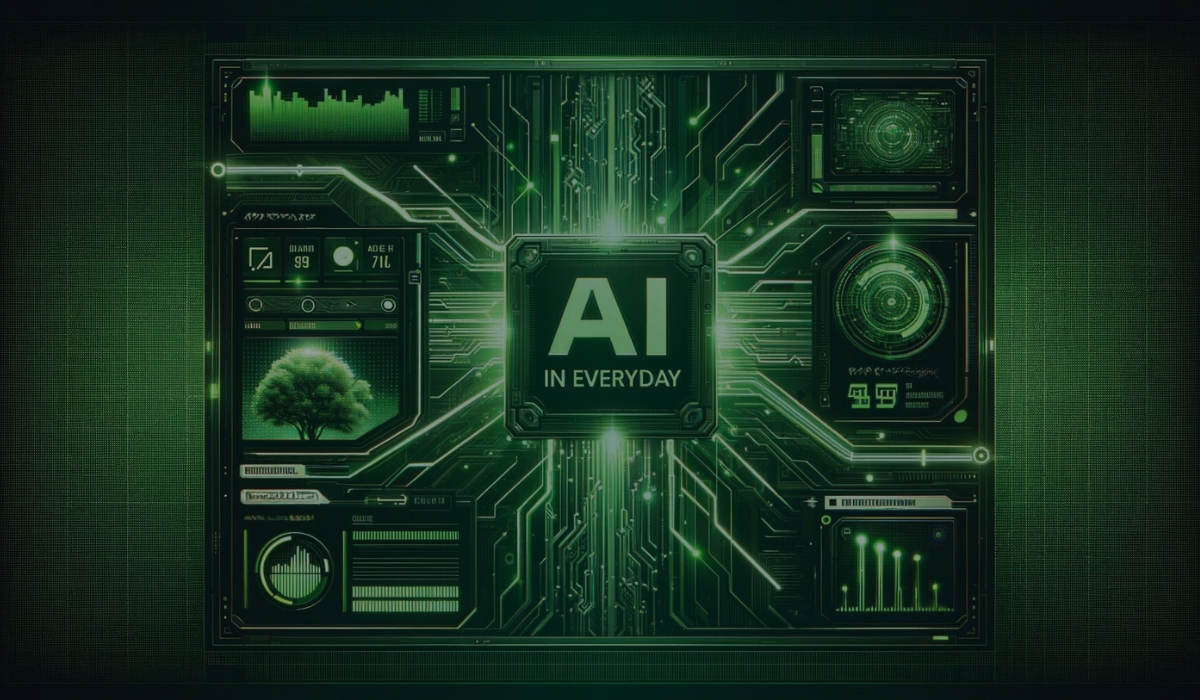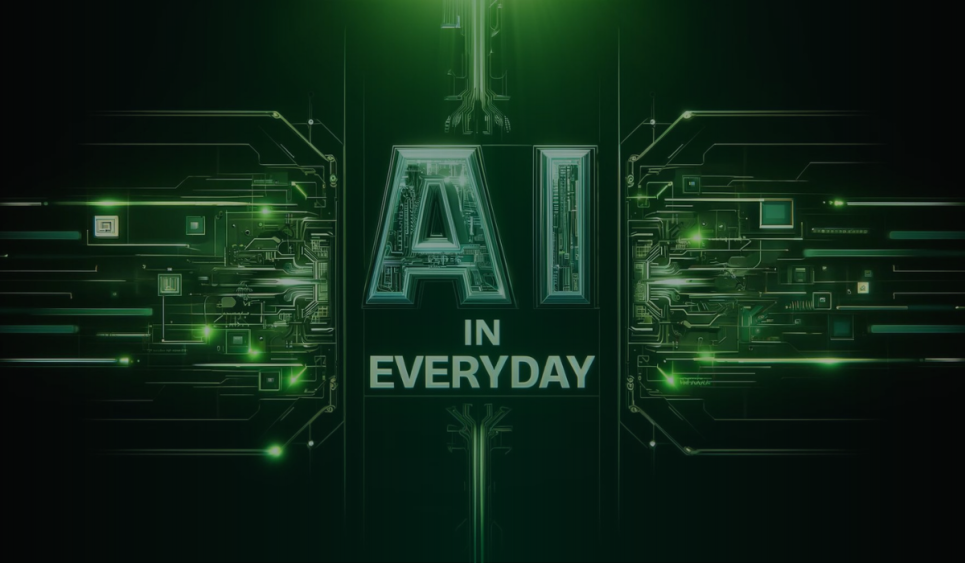Examples of AI in Everyday Life: 4 Daily Uses You Might Not Notice
Artificial Intelligence (AI) has seamlessly woven into the fabric of our everyday lives. Despite its subtle presence, AI powers many tools and services we use daily, often without recognizing it. Here are four ways AI is integrated into our daily routines in ways you might not immediately notice:
Personalized Recommendations in Streaming Services
When you log into your favorite streaming service, such as Netflix, Hulu, or Spotify, you're greeted with a list of content tailored just for you. This personalized recommendation system is driven by complex AI algorithms that analyze your viewing or listening history, preferences, and even the behavior of users with similar tastes.
- How it works:
- Collaborative Filtering: Suggests content based on what similar users enjoyed.
- Content-Based Filtering: Recommends items similar to what you've previously liked.
- Deep Learning Models: Analyze viewing behavior over time to refine recommendations.
Example: If you recently watched many sci-fi movies, Netflix might suggest a new series that aligns with your interests.

Virtual Assistants and Smart Speakers
Virtual assistants like Siri, Alexa, and Google Assistant have become commonplace in homes and on mobile devices. These AI-driven assistants help with everyday tasks such as setting reminders, checking the weather, and controlling smart home devices.
- How it works:
- Natural Language Processing (NLP): The assistant can understand and respond to your speech.
- Machine Learning: Continuously improves responses based on user interactions.
- Speech Recognition: Converts spoken language into text for processing.
Example: Saying, "Hey Siri, remind me to pick up groceries at 6 PM" prompts Siri to create a reminder without you lifting a finger.

Spam Filters in Email Services
When you check your email and find that most spam messages have been filtered out, you can thank AI. Email providers like Gmail and Outlook use AI to detect and filter spam messages automatically.
- How it works:
- Bayesian Filtering: Assigns a probability score to emails to determine whether they are spam.
- Machine Learning: Learns from user-marked spam to improve filtering accuracy.
- Natural Language Processing (NLP): Analyzes email content to identify suspicious patterns or phrases.
Example: Gmail's "Spam" folder contains emails that its AI spam filter has flagged, keeping your inbox clutter-free.
Fraud Detection in Online Transactions
Whenever you purchase online, a silent guardian ensures the transaction is legitimate. Banks and credit card companies use AI to detect fraudulent transactions in real-time.
- How it works:
- Anomaly Detection Algorithms: Identify unusual spending patterns.
- Machine Learning Models: Use historical transaction data to differentiate between normal and suspicious behavior.
- Behavioral Analytics: Compare a user's purchase behavior with past trends.
Example: If your credit card is suddenly used in a different country or to make a huge purchase, you might receive a verification request or see the transaction blocked temporarily.

Conclusion
AI is more prevalent in our daily lives than we often realize. From personalized content recommendations to fraud detection, these intelligent systems work quietly in the background, enhancing user experiences and ensuring security. As AI advances, its presence in everyday life will only grow, making it an integral part of how we live and interact with technology.





